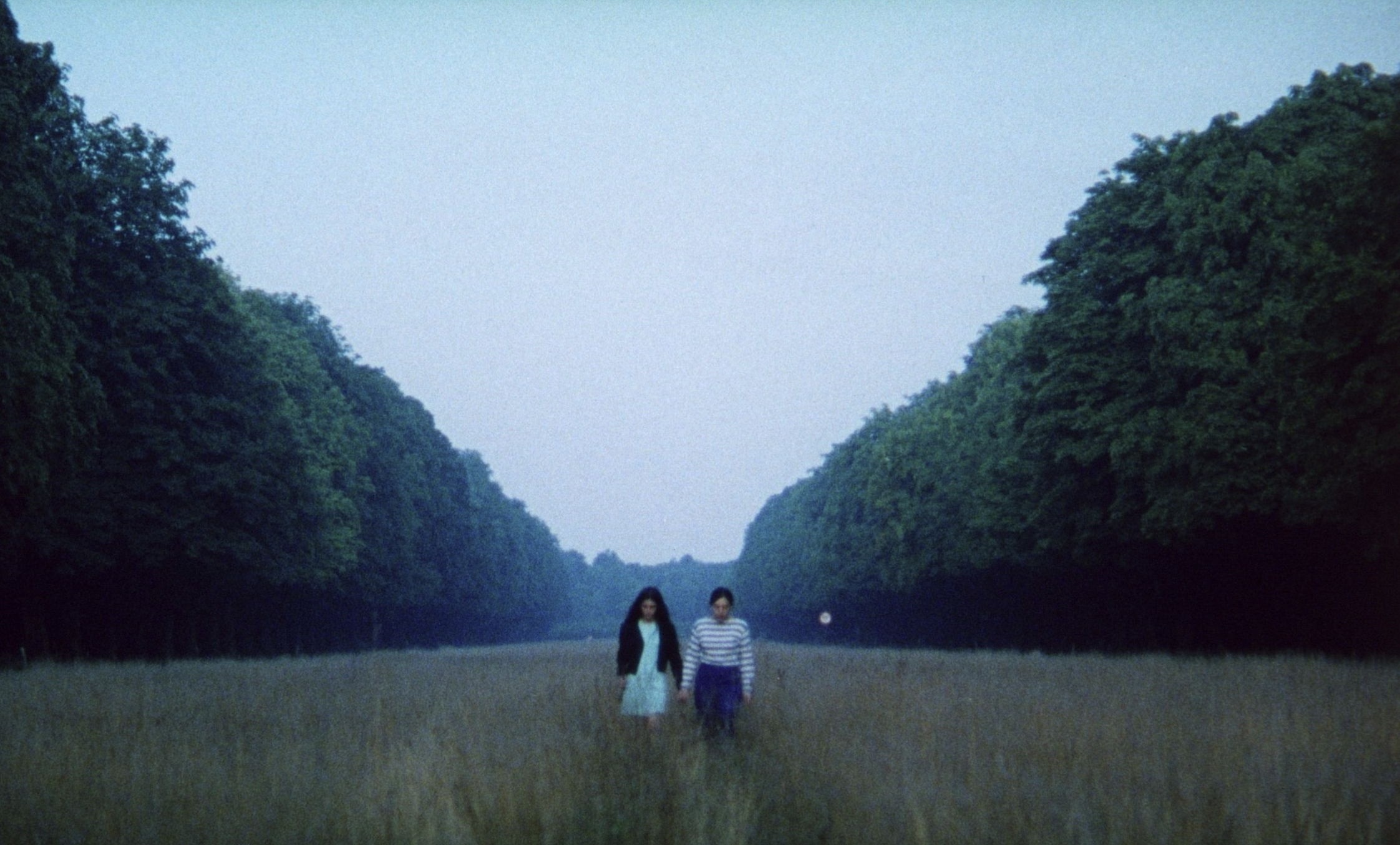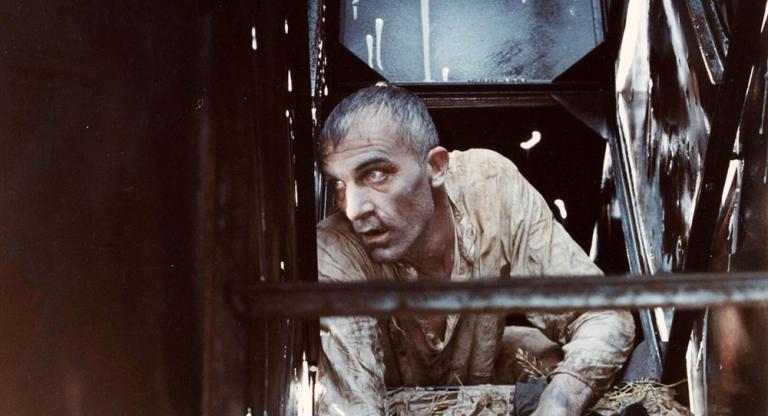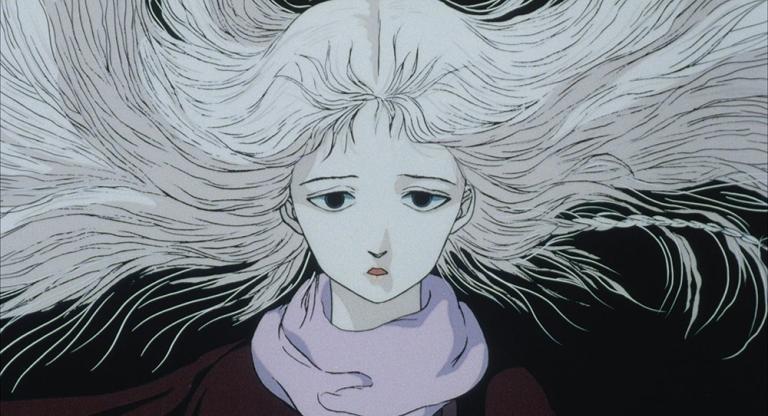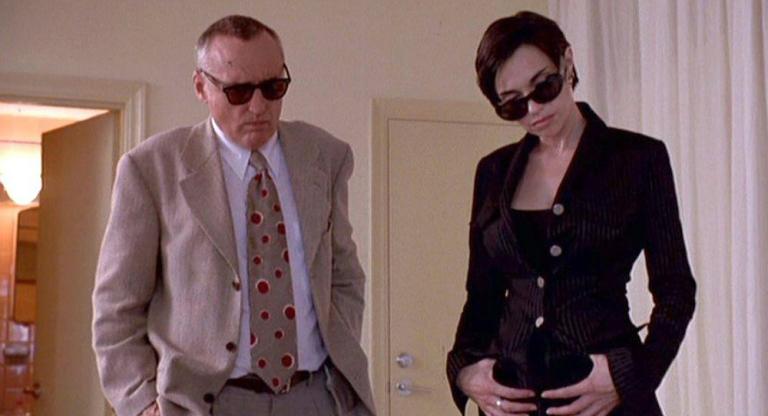Released almost exactly a decade apart from each other, Chantal Akerman’s I’m Hungry, I’m Cold (1984) and Portrait of a Young Girl at the End of the 1960s in Brussels (1994) form a diptych that explores coming-of-age despair. The former finds two runaways, played by Maria de Medeiros and Pascale Salkin, arriving in Paris. The pair scurry around the city in desperation, repeating their titular mantra. They scarf down stolen café meals and busk in the middle of a bistro hoping to score a meal from a kindhearted, or exploitative, diner. After following a patron back to his apartment, where one continues to voraciously sate her hunger and the other is coerced into sleeping with their host, the pair dissolve into the Parisian abyss, walking into the night hand-in-hand. In the latter film, wandering high school absentee Michèle (Circé Lethem) bounces between her lycée gates, a cinema, her adult cousin’s apartment and a suburban house party. Michèle’s time, ruminating about suicide and dancing to ‘60s hits, is split between Parisian draft dodger Paul (Julien Rassam) and, her true source of longing, best friend Danielle (Joelle Marlier).
Paired together as part of MoMA’s ongoing Akerman retrospective, both shorts were commissioned for French anthologies and share a strong thematic affinity to the rest of her oeuvre, where re-enactments of female desires play out in the periphery of a spectacular midcentury march toward the new millennium. Unlike Jeanne Dielman, 23 Commerce Quay, 1080 Brussels (1975) however, I’m Hungry, I’m Cold and Portrait do not patiently linger on the piecemeal breakdown of domestic tedium. Instead, the shorts energetically propel their youthful characters in almost dérive fashion around their respective cities, accelerating, or at the very least forcing a reckoning with, transitions to confusing adult realities. An impulse to foster platonic connections, romantically experiment, or do both at the same time, permeate the films, but Akerman’s more subtle accomplishment is how she frames these personal rebellions in a context of global dysfunction.
Portrait is set in the same month and year Akerman made her first foray into cinema with Saute Ma Ville (1968), but also in the seismic lead-up to May ‘68. The film’s exhaustive title makes the focus on the era self-evident; the Leonard Cohen and James Brown needle drops give it a jukebox musical quality. Yet Akerman’s rendering of the period is nonetheless littered with anachronistic reminders of the ‘90s. Cars that skirt past the frame don’t look period accurate, and Michèle walks into a music store stocked with shelves upon shelves of CDs. Here, the ‘60s are loosely detached from their temporal grounding, taking on a malleable, metaphorical quality. Akerman approaches the coming of the 2000s with the same self-destructive anxiety, explosive excitement, and unfulfilled yearning as her humble midcentury beginnings. In an era of international permacrisis, the disaffected experience of growing up becomes increasingly universalized.
I’m Hungry, I’m Cold + Portrait of a Young Girl at the End of the 1960s in Brussels screen this evening, October 2, at the Museum of Modern Art as part of the series “Chantal Akerman: The Long View.”



